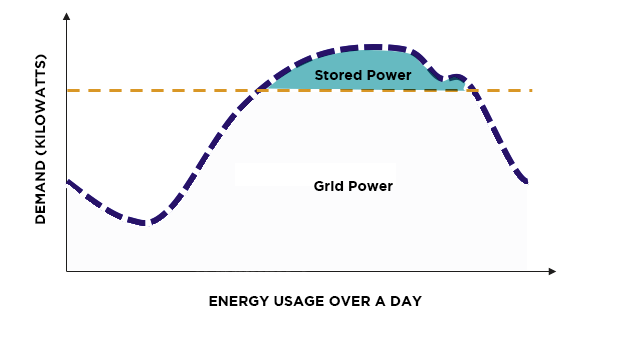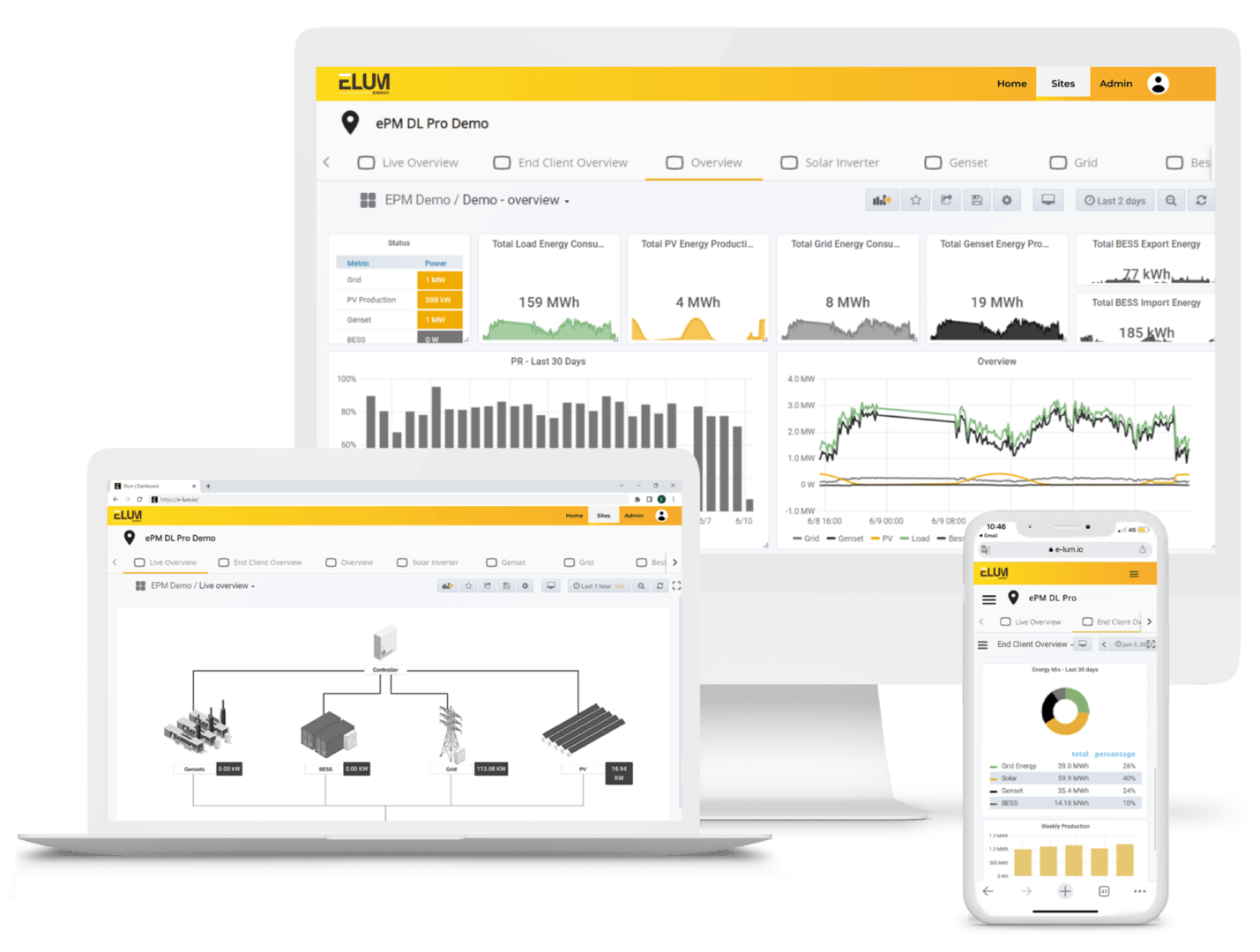Peak Shaving: solar energy storage methods to reduce peak load
- By Khanya Gubangxa
- |
In most commercial and industrial buildings, the load energy consumption varies throughout the working day, exhibiting peaks and troughs. To meet this fluctuating demand, utility providers start and stop different electrical plants to match the global offer and global demand.
Some of these electrical plants only operate a few times a year to always deliver the proper quantity of electricity no matter the demand peak during the year. This consistent supply, however, comes at a cost, which the utility usually finances via the customer. In most countries, the electricity bill of a building is determined by its energy consumption through price per kWh (energy) and its maximum peak consumption via a price per kW (power). In some cases, if the building is exceeding its maximum peak consumption, the utility applies penalties.
But how can a building avoid these penalties and reduce its bill without changing its load profile? One potential solution is Peak Shaving.

What is peak shaving?
Peak shaving in essence refers to leveling out peak use of electricity by industrial and commercial power consumers. At its core, the primary purpose of Peak Shaving is to help save on the electricity bill. So, how exactly does peak shaving help reduce costs?
To better understand the stakes of peak shaving, let’s start by figuring out how the electricity bill is structured. The electric company monitors your power consumption at fixed time intervals typically every 15 minutes. During these intervals, they measure how much electricity is being consumed and at what rate in kW. Specifically, for large users, such as manufacturing and distribution facilities, the electricity bill consists of two parts:
- Energy consumption: This component corresponds to the primary energy charges for the total amount of electricity used throughout the billing period. The total amount of electricity used is measured in kWh.
- Demand charges: Demand charges measure the rate at which energy is consumed. The electric company charges its commercial customers a specific amount of money for each kW of Demand that occurred in that month. This is, in a given month.Essentially, this is the highest point of consumption for that month, measured in kW.
In practical terms, Peak Shaving is the process of reducing the amount of energy purchased – or shaving profile – from the utility companies during peak hours of energy demand to reduce the peak demand charges and make savings. In other words, it consists of flattening the load profile.
With peak shaving, a consumer reduces power consumption (“load shedding”) quickly and avoids a spike in consumption for a short period. This is either possible by temporarily scaling down production, activating an on-site power generation system, applying energy shifting, or relying on a battery.
Peak shaving strategy with solar and BESS
Peak shaving with battery storage
- Avoiding penalties due to peak power demand excess,
- Negotiating with the utility the new maximum demand, which will be lower than before,
- Discharging the battery with electricity bought at the lowest rate.

Autonomous peak load control
Regardless of the chosen configuration, implementing an EMS is a must-have to achieve peak shaving applications for C&I installations.
Elum’s Microgrid Controller is compatible with most solar inverter brands, storage inverter brands, and other distributed resources. Our controller allows the BESS to charge from the grid during the off-peak hours and discharge when the load is high, taking into account the local pricing and grid specificities.








